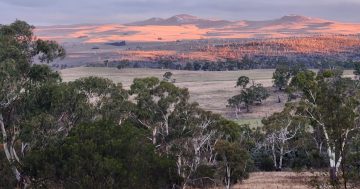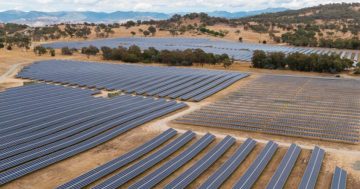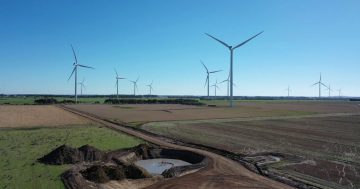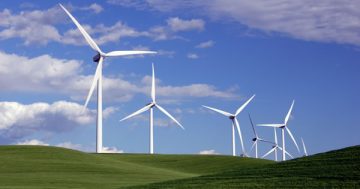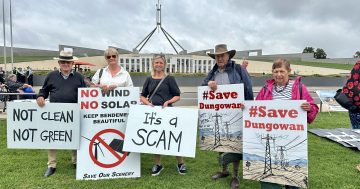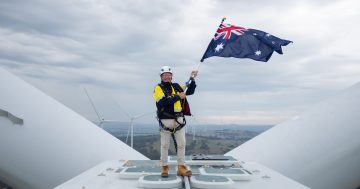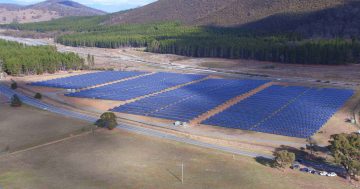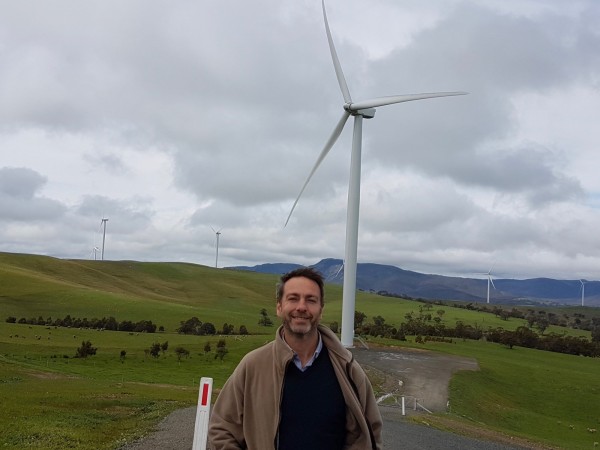
Renewable energy operators in Canberra see the closure of Hazelwood coal-fired power station as a positive step for wind and solar, and in the longer term, for the ACT.
The ageing Victorian power station will close in March next year. Australian Wind Alliance national coordinator Andrew Bray said Hazelwood’s closure was a direct result of international energy giant, Engie, walking away from fossil-fuel electricity generation and shifting focus to renewable generation.
“This is a global market shift that Australia needs to be ready for,” Mr Bray said.
“We should be actively planning to ensure a swift and orderly transition away from coal that promotes security of renewable energy supply and provides new employment options for affected communities.”
Mr Bray said it was not widely recognised that Canberra was already powered to a significant degree by wind power.
“With over 500 megawatts of wind power within 100km of Canberra, a stiff breeze on the local hills sees Canberra’s entire demand supplied by wind,’’ he said.
“In the short term, it’s likely that the demand supplied by Hazelwood will be taken up by increased generation from NSW’s hydro and black coal generators.
“However, new wind projects in the capital region will eventually pick up some of this shortfall and increase the region’s status as an exporter of clean energy,’’ he said.
Mr Bray said the plan to obtain 100 per cent of the ACT’s electricity from renewable sources had been instrumental in driving wind energy construction in south eastern Australia over the last 12 months.
From Victoria and familiar with Hazelwood’s history, Mr Bray now lives in Bungendore, which he says is a great place to live if you like wind farms.
“There are plenty of businesses in town who know the benefits that local wind farms deliver for jobs and economic activity. And it sure knows how to blow a gale,’’ he said.
Meanwhile the managing director of a solar farm which opened in Canberra in October says the Hazelwood closure is a step forward for his industry.
Angus Gemmell of Solar Choice, a co-developer with Solar Fields of the 2.3 megawatt Mount Majura solar project, said large-scale generators of power in Victoria, as well as investors in wind and solar farms awaiting construction, would applaud Hazelwood’s closure.
This would restore balance to the supply and demand of energy across the state.
“ A large swathe of surplus power, from the developed world’s heaviest polluting generator, will be removed,” Mr Gemmell said.
“A wider but more gentle ripple effect may be similarly felt for generators across the wider National Electricity Market.
“However revenue streams for ACT’s wind and solar farm reverse-auction winners will be immune due to any fluctuations to their long-term fixed price contracts.”
Pictured is Andrew Bray, who says wind energy has a bright future in the ACT region. Photo: John Lawler











